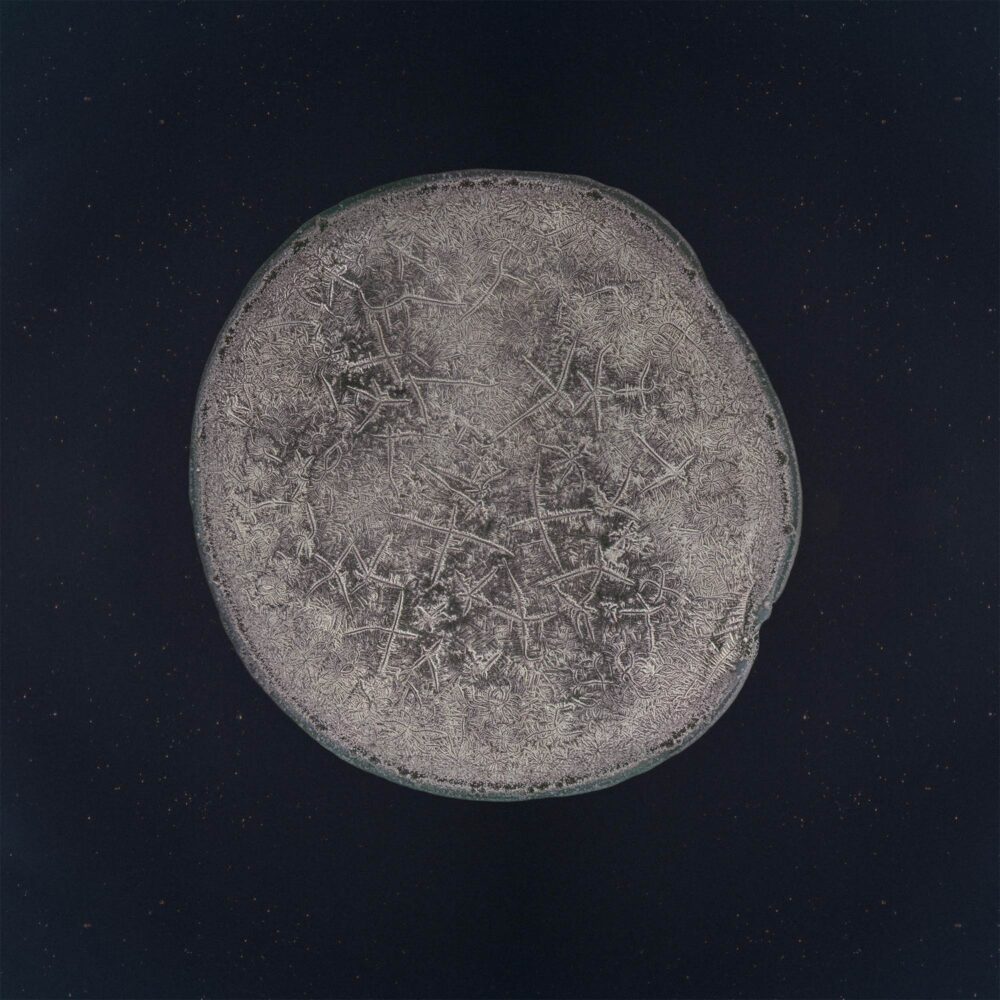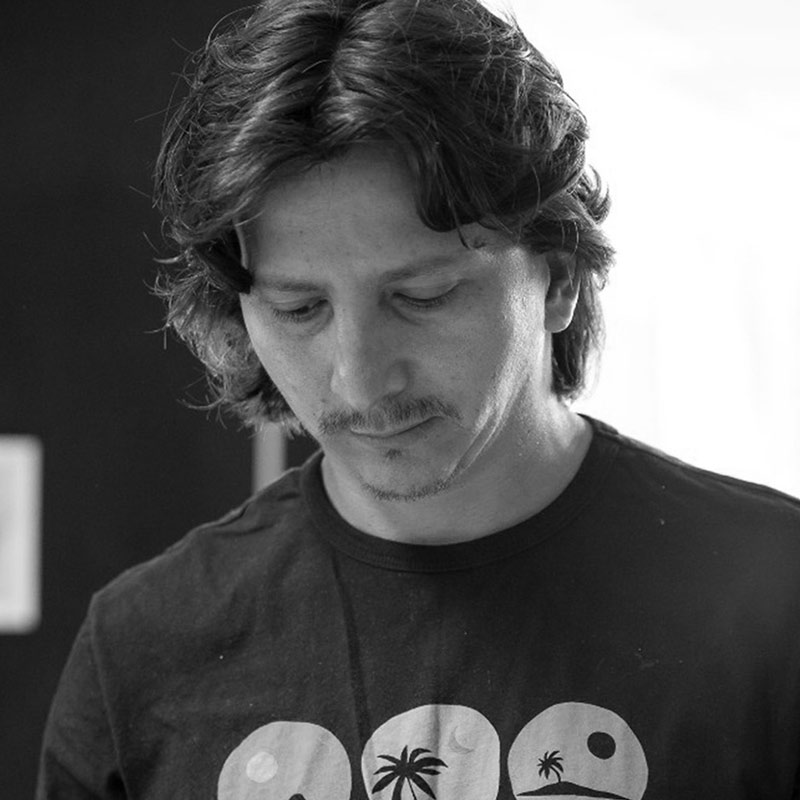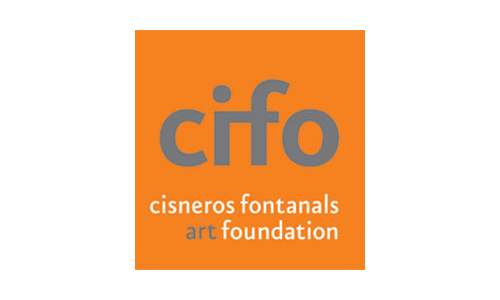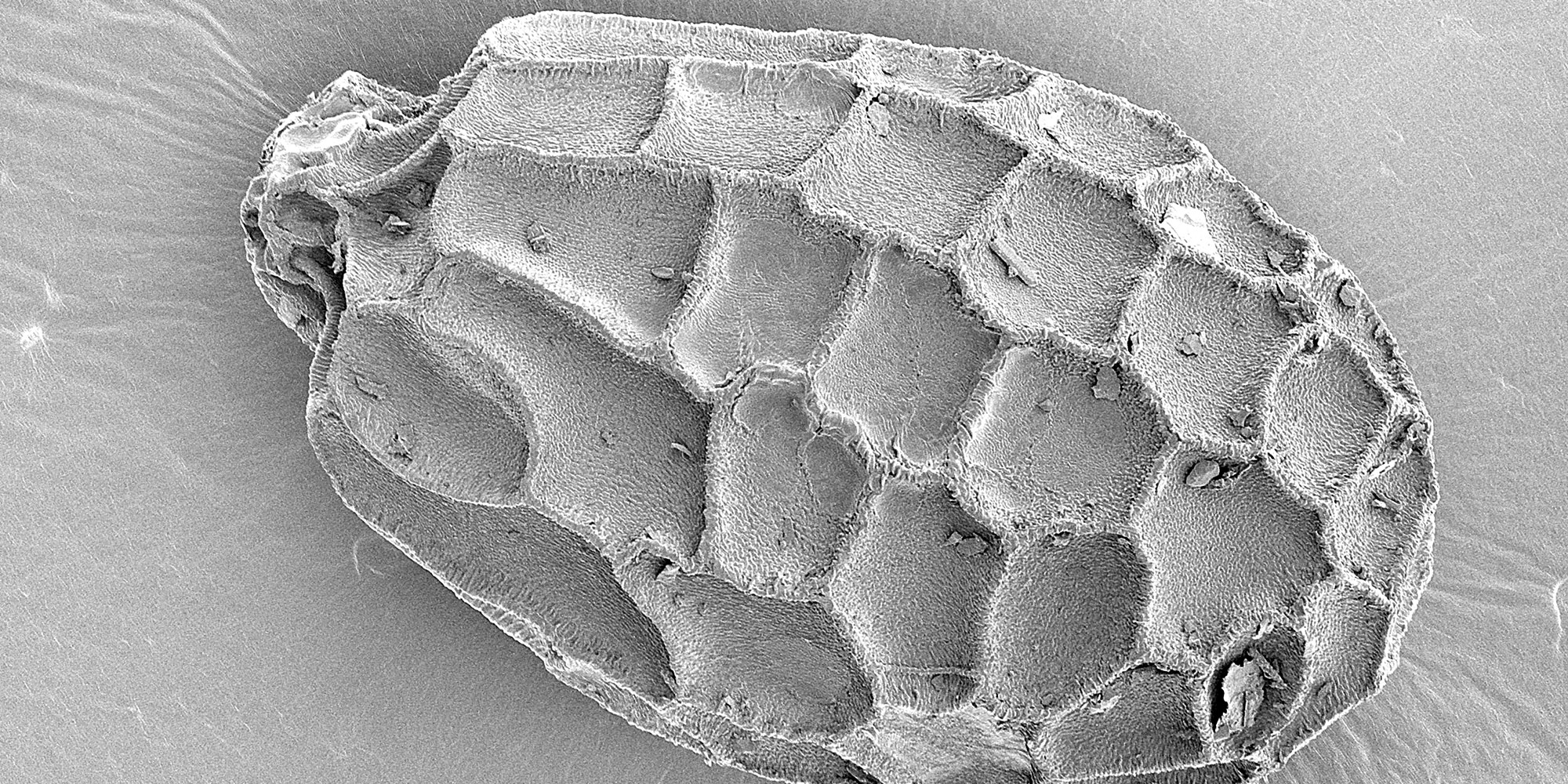Launched in 2022, the Cisneros Fontanals Art Foundation (CIFO) — Ars Electronica Awards celebrate and advance the practices of emerging and mid-career Latin American artists working with technology in the field of new media and digital art, providing up to $30,000 per recipient to develop a new project. The works are premiered in the annual Ars Electronica Festival and in addition, the resulting works join the Cisneros Fontanals Art Foundation (CIFO)’s renowned permanent collection of modern and contemporary art, with a special focus on Latin American art.
“The CIFO-Ars Electronica Awards are a wonderful way to celebrate our 21st year as a resource for emerging artists, a commissioner of new work, and advocate for Latin American artists worldwide. These new awards and our partnership with Ars Electronica add an important dimension to our mission and to our Grants & Commissions Program as we support artists in expanding their practices and extending the impact of their work.”
Ella Fontanals-Cisneros, Founder and Honorary President of CIFO
Winners 2023

Inoculate / Ana María Gómez López (CO)
Scale: $ 30.000,-
The primary motivation for presenting Inoculate is to share information on ocular germination to a broader public. Audiences will gain access to this procedure via a multi-lingual instruction manual and a kit of specialized instruments used in this process, as well as related samples of lacrimal fluid and seed strains. The display at Ars Electronica supported by CIFO is intended to encourage reflection on the limits of the human body within the context of this intimate inter-species encounter with an external botanical entity. Likewise, Inoculate also raises critical questions on the anthropocentric mediation of plants in colonial and contemporary contexts, from biodiversity extraction and the creation of new rainforest plant hybrids in European hothouses, to the patented manufacture of molecular chimeras in pharmacological and biomedical industries.
Ana María Gómez López is an artist, writer, and researcher from Cali, Colombia currently based in The Netherlands. Her practice centers on self-experimentation and archival research in the history of science. Ana María’s work has been shown at the deCordova Sculpture Park and Museum, Fonds d’art contemporain Genève, Rijksmuseum Boerhaave, V2_Lab for Unstable Media, Rencontres Internationales, and DOK Leipzig. She is a tutor at the Sandberg Institute in Amsterdam and the Royal Academy of Art in The Hague.
anamariagomezlopez.info


Wild Machines. Knots, tangles and the becoming of mechanical beings inside compost / Jonathan Torres Rodríguez (CR)
Scale: $ 15.000,-
The project proposes the creation of two biodegradable machines, made from biological materials collected from two Costa Rican ecosystems, with the goal of installing them in these ecosystems and document on video the processes through which they degrade and reintegrate into the environment. These videos will be presented in the exposition room as well, along with a third sculpture, which will degrade in the room through a humidity system activated by the guests visiting the exposition.
Conceptually, the project aims to make speculative technologies visible: Technologic devices created with materials and manufacturing techniques that are closer to ancestral knowledge, with materials of biological origin belonging to ecosystems that are specific, renewable and respectful of the environment. These devices turn into speculative design pieces by reconnecting with organic materiality with the new technologies, allowing us to imagine a scenario where machines become hybrids with their environment, where they expire and reintegrate.
This project makes use of the power that speculative thought provides to imagine a present world that revalues to matter, a place of technologies whose preprogrammed expiration is in relation to the needs of the environment and not those of the economic system. Technologies that use energetic and material resources with balance. If technological devices generate discourse and create knowledge (Deleuze), it is urgent to think of the nature of these technologies. What if machines could become compost? Compost that decomposes in the modern world and blends in with the leaves and bugs. How could we achieve it? What new processes would we need? How to think of this between us all?
Precarious machines, soft, fragile. Possible machines of functions that are still uncertain. Wild machines.
Jonathan Torres is a visual artist and professor of design and prototyping at the University of Costa Rica (UCR) within the schools of: Plastic Arts (Material Workshops), Biology (Biomimetics Laboratory) and Medical Technologies (Design and Manufacturing of Orthosis and Prostheses). He is an investigator at the Institute of Investigations in Art (IiArte – UCR) and coordinator of the EnTrópico Project: Experimental Laboratory in Electronic Arts from the recovery of electronic waste components generated at the UCR. Constantly playing with the active force that curiosity implies, his pieces make the viewers face images and objects whose structures invite thorough scrutiny. The use of fragile materials along with complex mountings in unconventional spaces turn the spectator into a co-creator, a co-destroyer, eliciting games where interaction is crucial. His recent artwork explores the concept of the post-natural, focusing on materiality as a symbolic element and questioning the techno-scientific discourse.
www.behance.net/jonathantorres52


Añoranzas (Yira Yira). Longings (Yira Yira) / Joaquín Aras (AR)
Scale: $ 10.000,-
Through his projects, Joaquín Aras presents a poetic approach to film preservation. Many of his works have brought attention to lost or forgotten films. Moving away from scientific methods, public policies and hegemonic narratives, his practice embraces myth, memory and emotion along with their limitations.
“Añoranzas (Yira Yira)” is an homage to Argentine cinema pioneer Federico Valle who produced the first animated feature in the world and started Argentina´s first news program. Tragically, most of Valle´s films were lost in a fire in 1926 and was forced to sell what was left of his films to a comb factory to use their celluloid as raw material.
The project, which aims to revert Valle´s cultural loss, consists in experimenting with current technology to recycle old plastic combs and turn them into projectable film. Mixing Historic research and film recycling, the process will result in an experimental abstract film that will be screened with a 16mm projector.
Joaquín Aras (1985, Argentina) is an Argentine artist and filmmaker. His work focuses on the emotional space between the audience and media, and how narrative experiences can preserve memory while challenging historicity. His works were exhibited at MAC-Niterói (Brazil), Museo Moderno (Argentina), Grand Union (UK), Bienalsur, Bienal de Arte Joven. He was part of the CCA Kitakyushu Fellowship Program (Japan) and was awarded a residency at Gasworks+URRA (UK) with support of Érica Roberts and arteBA.
joaquinaras.com.ar


About the Cisneros Fontanals Art Foundation (CIFO)
Ella Fontanals-Cisneros established the non-profit Cisneros Fontanals Art Foundation (CIFO) in 2002. The foundation’s mission is to support and foster cultural understanding and educational dialogue among Latin American artists and global audiences. CIFO serves as a platform for emerging, mid-career and established Latin American artists through the Grants & Commissions Program, including the new CIFO-Ars Electronica Award; the CIFO Collection; and other related art and cultural projects in the United States of America and internationally.
